Home>Furniture & Design>Interior Design Trends>How Fast Does Glass Break


Interior Design Trends
How Fast Does Glass Break
Modified: October 20, 2024
Discover the latest interior design trends and learn how fast glass can break. Explore tips for incorporating safety and style into your home.
(Many of the links in this article redirect to a specific reviewed product. Your purchase of these products through affiliate links helps to generate commission for Storables.com, at no extra cost. Learn more)
Introduction
Glass is a ubiquitous material that surrounds us in various forms, from windows and doors to decorative items and household essentials. Its transparent and fragile nature often raises questions about its durability and susceptibility to breakage. Understanding the factors that influence glass breakage is crucial for both practical and aesthetic reasons.
Glass breakage can occur due to a variety of factors, including temperature changes, stress, and the thickness of the glass. By delving into these factors, we can gain a deeper understanding of the science behind glass breakage and how it impacts our daily lives.
In this article, we will explore the intricate dynamics of glass breakage, shedding light on the impact of temperature, stress, and glass thickness. By unraveling the mysteries behind these factors, we can gain a newfound appreciation for the delicate yet resilient nature of glass. Let's embark on a fascinating journey into the world of glass breakage and discover the hidden forces that govern its fragility and strength.
Key Takeaways:
- Glass breakage is influenced by temperature, stress, and glass thickness. Understanding these factors helps architects and designers make informed decisions to enhance glass durability and safety in various applications.
- Temperature fluctuations can create internal stresses in glass, leading to breakage. Selecting appropriate glass thickness for specific applications is crucial to minimize the risk of shattering.
Read more: Why Does Glass Break With Sound
Factors Affecting Glass Breakage
Glass breakage is influenced by a myriad of factors, each playing a significant role in determining the material's susceptibility to shattering. Understanding these factors is crucial for comprehending the behavior of glass under different conditions. The impact of temperature, stress, and glass thickness on glass breakage is profound, and delving into these aspects unveils the intricate dynamics of this transparent material.
Temperature fluctuations, stress, and glass thickness are the primary factors that contribute to glass breakage. The interplay of these elements governs the structural integrity of glass, ultimately determining its resilience or vulnerability to shattering.
Temperature changes can exert immense pressure on glass, especially when subjected to rapid fluctuations. This phenomenon, known as thermal stress, occurs when different parts of the glass experience varying temperatures, leading to expansion and contraction. Over time, this thermal stress can weaken the glass, making it more susceptible to breakage.
Stress, whether induced during the manufacturing process or through external forces, significantly impacts the structural stability of glass. Internal or external stressors can create weak points within the glass, making it prone to breakage under minimal pressure. Understanding the nature of stress and its distribution within the glass is crucial for predicting and preventing potential breakage.
Glass thickness plays a pivotal role in determining its resistance to breakage. Thicker glass is inherently more robust and less prone to shattering, as it can withstand greater external forces without compromising its integrity. Conversely, thinner glass is more susceptible to breakage, especially when exposed to temperature differentials or stressors.
In essence, the factors affecting glass breakage are multifaceted and interconnected. Temperature, stress, and glass thickness collectively influence the material's ability to withstand external pressures and internal forces. By comprehending the intricate interplay of these factors, we can gain a deeper appreciation for the delicate yet resilient nature of glass, unraveling the mysteries behind its susceptibility to breakage.
Understanding the factors that influence glass breakage is essential for architects, engineers, and designers, as it enables them to make informed decisions regarding the selection, installation, and maintenance of glass in various applications. By acknowledging the impact of temperature, stress, and glass thickness, we can harness this knowledge to enhance the durability and safety of glass in diverse environments, ultimately minimizing the risk of breakage and ensuring its longevity.
Impact of Temperature on Glass Breakage
Temperature fluctuations exert a profound influence on the structural integrity of glass, significantly impacting its susceptibility to breakage. When subjected to rapid or extreme temperature changes, glass undergoes thermal stress, which can compromise its stability and lead to breakage. Understanding the intricate relationship between temperature and glass breakage is crucial for comprehending the material's behavior under varying environmental conditions.
The phenomenon of thermal stress arises from the differential expansion and contraction of glass due to temperature differentials across its surface. When one part of the glass experiences a temperature change while another remains relatively stable, the resulting expansion or contraction creates internal stresses within the material. Over time, these accumulated stresses can weaken the glass, making it more prone to breakage.
In practical terms, consider a glass window exposed to direct sunlight. As the sun's rays heat the glass, causing it to expand, the areas in direct contact with the sunlight experience greater expansion than the shaded regions. This discrepancy in expansion creates internal stresses within the glass, potentially leading to cracks or breakage. Similarly, sudden temperature differentials, such as those caused by hot objects coming into contact with cold glass, can induce thermal stress and compromise the material's structural integrity.
Moreover, the impact of temperature on glass breakage extends beyond external environmental factors. During the manufacturing process, the cooling of molten glass can introduce internal stresses, which, if not properly annealed, can persist within the material and contribute to its susceptibility to breakage. This underscores the importance of meticulous manufacturing techniques and post-production treatments to minimize the presence of residual stresses within the glass.
In essence, the impact of temperature on glass breakage is multifaceted, encompassing both external environmental influences and internal manufacturing processes. By recognizing the profound influence of temperature fluctuations on the structural stability of glass, architects, engineers, and designers can implement strategic measures to mitigate thermal stress and enhance the material's resilience. Whether through the selection of appropriate glass types for specific environmental conditions or the implementation of thermal insulation measures, understanding the impact of temperature on glass breakage empowers stakeholders to make informed decisions that prioritize safety and longevity.
The intricate interplay between temperature and glass breakage underscores the dynamic nature of this transparent material, shedding light on the hidden forces that govern its fragility and resilience. By delving into the impact of temperature on glass breakage, we gain a deeper appreciation for the delicate yet robust nature of glass, unraveling the mysteries behind its susceptibility to thermal stress and breakage.
When handling glass, be cautious and avoid sudden impacts or pressure. Glass can break quickly under force, so handle with care to prevent accidents.
Impact of Stress on Glass Breakage
Stress, whether induced during the manufacturing process or through external forces, significantly impacts the structural stability of glass. Internal or external stressors can create weak points within the glass, making it prone to breakage under minimal pressure. Understanding the nature of stress and its distribution within the glass is crucial for predicting and preventing potential breakage.
During the manufacturing process, glass undergoes various treatments and shaping techniques that can introduce internal stresses. For instance, the rapid cooling of molten glass can create residual stresses within the material if not properly annealed. These internal stresses, if left unaddressed, can compromise the structural integrity of the glass, making it susceptible to breakage even under minimal external pressure. Therefore, meticulous attention to the manufacturing and annealing processes is essential to minimize the presence of residual stresses within the glass.
External stressors, such as impact or pressure, can also contribute to glass breakage. When subjected to external forces, such as a sudden impact or pressure, glass may succumb to the accumulated internal stresses, leading to cracks or shattering. Understanding the distribution of stress within the glass is crucial for predicting its behavior under varying external conditions. By identifying potential stress concentrations or weak points, architects, engineers, and designers can implement strategic measures to reinforce these areas and mitigate the risk of breakage.
Moreover, the installation and handling of glass in architectural and structural applications can introduce additional stressors that impact its stability. Improper installation techniques or excessive pressure during handling can exacerbate existing internal stresses, rendering the glass more susceptible to breakage. Therefore, meticulous attention to installation practices and handling procedures is paramount to ensure the long-term durability and safety of glass in diverse applications.
In essence, the impact of stress on glass breakage is multifaceted, encompassing both internal manufacturing processes and external environmental factors. By recognizing the profound influence of stress on the structural stability of glass, stakeholders can implement proactive measures to minimize internal stresses, reinforce weak points, and mitigate external stressors. This comprehensive approach to stress management empowers architects, engineers, and designers to enhance the resilience and longevity of glass in various applications, ultimately minimizing the risk of breakage and ensuring its enduring functionality and aesthetic appeal.
Impact of Glass Thickness on Breakage
Glass thickness plays a pivotal role in determining its resistance to breakage. Thicker glass is inherently more robust and less prone to shattering, as it can withstand greater external forces without compromising its integrity. Conversely, thinner glass is more susceptible to breakage, especially when exposed to temperature differentials or stressors.
The relationship between glass thickness and breakage resistance is rooted in the material's ability to distribute and withstand external pressures. Thicker glass inherently possesses a higher capacity to absorb and disperse external forces, thereby reducing the likelihood of breakage. This enhanced resistance to breakage makes thicker glass an ideal choice for applications where durability and safety are paramount, such as structural glazing, glass facades, and high-traffic areas.
In contrast, thinner glass, while offering aesthetic advantages and versatility, is more vulnerable to breakage under similar external pressures. The reduced thickness compromises its ability to withstand impact and stress, making it less suitable for high-risk environments or applications that entail frequent handling and potential impact.
Architects, engineers, and designers must carefully consider the implications of glass thickness when selecting materials for specific applications. By aligning the thickness of the glass with the anticipated external pressures and environmental conditions, stakeholders can optimize the material's performance and longevity. This strategic approach ensures that the selected glass thickness aligns with the functional and safety requirements of the intended application, mitigating the risk of breakage and enhancing the overall resilience of the installation.
Moreover, advancements in glass manufacturing technology have expanded the range of available thickness options, offering tailored solutions to meet diverse structural and aesthetic demands. From ultra-thin glass used in sleek interior design elements to robust, multi-layered glass employed in high-security installations, the versatility of glass thickness enables stakeholders to customize their selections based on specific project requirements.
In essence, the impact of glass thickness on breakage underscores the critical role of material selection in ensuring the durability and safety of glass in various applications. By leveraging the inherent strengths of different glass thicknesses and aligning them with the demands of the intended environment, architects, engineers, and designers can optimize the performance and longevity of glass installations, ultimately minimizing the risk of breakage and enhancing the overall functionality and aesthetic appeal.
Read more: What Temperature Does Glass Break
Conclusion
In conclusion, the intricate dynamics of glass breakage encompass a myriad of factors, including temperature fluctuations, stress, and glass thickness, each playing a pivotal role in determining the material's susceptibility to shattering. The interplay of these elements governs the structural integrity of glass, ultimately influencing its resilience or vulnerability to breakage.
The impact of temperature on glass breakage is profound, with thermal stress arising from differential expansion and contraction due to temperature differentials across the glass surface. Understanding this phenomenon is crucial for architects, engineers, and designers, as it empowers them to implement strategic measures to mitigate thermal stress and enhance the material's resilience under varying environmental conditions.
Similarly, the influence of stress on glass breakage underscores the importance of meticulous manufacturing techniques and proactive stress management. By minimizing internal stresses and reinforcing weak points, stakeholders can mitigate the risk of breakage and ensure the long-term durability and safety of glass in diverse applications.
Furthermore, the relationship between glass thickness and breakage resistance highlights the critical role of material selection in optimizing the performance and longevity of glass installations. Aligning the thickness of the glass with the anticipated external pressures and environmental conditions enables stakeholders to enhance the material's resilience, ultimately minimizing the risk of breakage and ensuring its enduring functionality and aesthetic appeal.
By unraveling the mysteries behind the factors affecting glass breakage, architects, engineers, and designers can make informed decisions regarding the selection, installation, and maintenance of glass in various applications. This comprehensive understanding empowers stakeholders to prioritize safety and longevity, ultimately enhancing the durability and aesthetic appeal of glass in diverse architectural and design contexts.
In essence, the multifaceted nature of glass breakage underscores the delicate yet resilient characteristics of this transparent material. By acknowledging the impact of temperature, stress, and glass thickness, stakeholders can harness this knowledge to minimize the risk of breakage and ensure the enduring functionality and visual allure of glass in architectural and design endeavors.
Frequently Asked Questions about How Fast Does Glass Break
Was this page helpful?
At Storables.com, we guarantee accurate and reliable information. Our content, validated by Expert Board Contributors, is crafted following stringent Editorial Policies. We're committed to providing you with well-researched, expert-backed insights for all your informational needs.

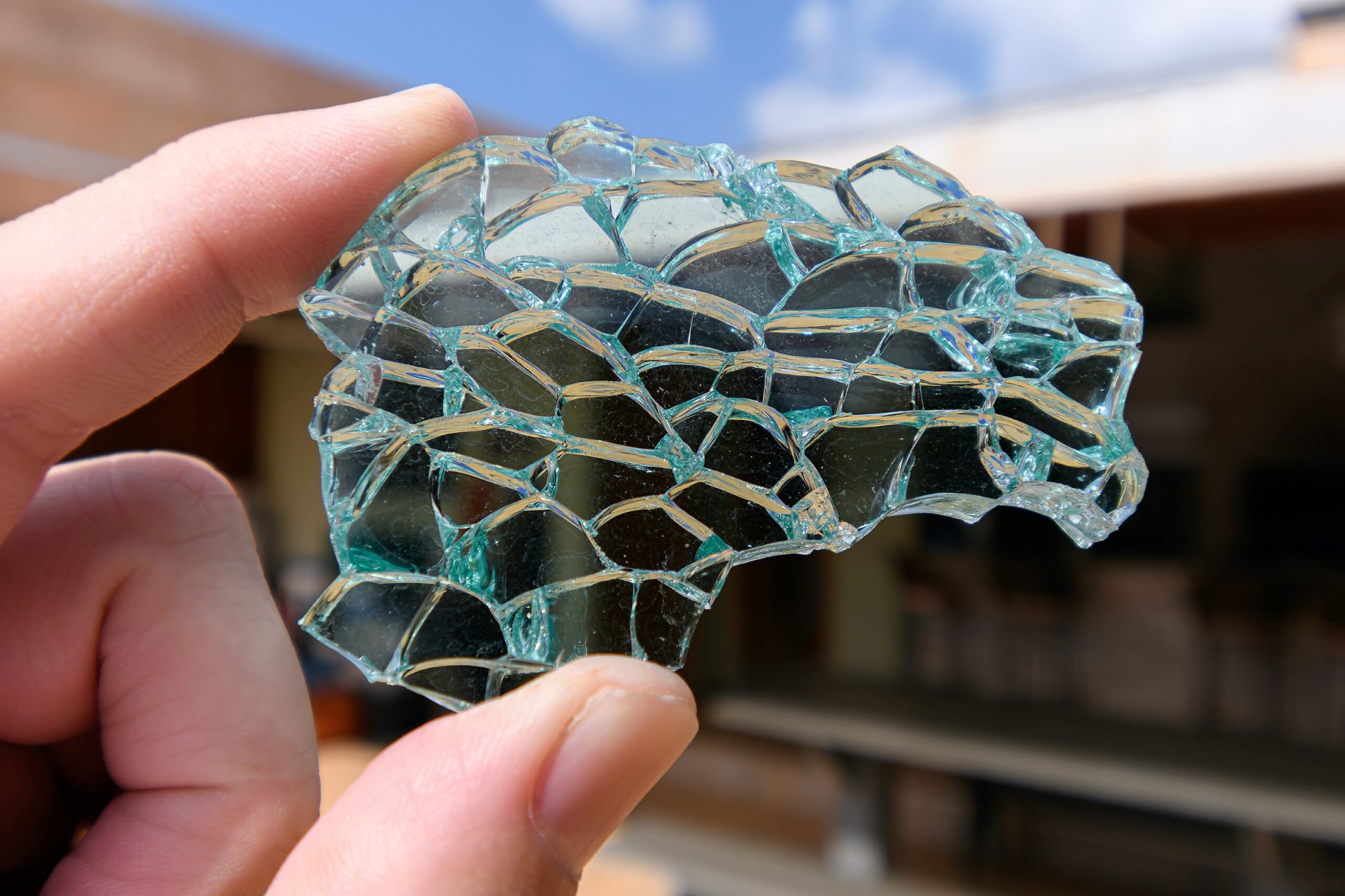
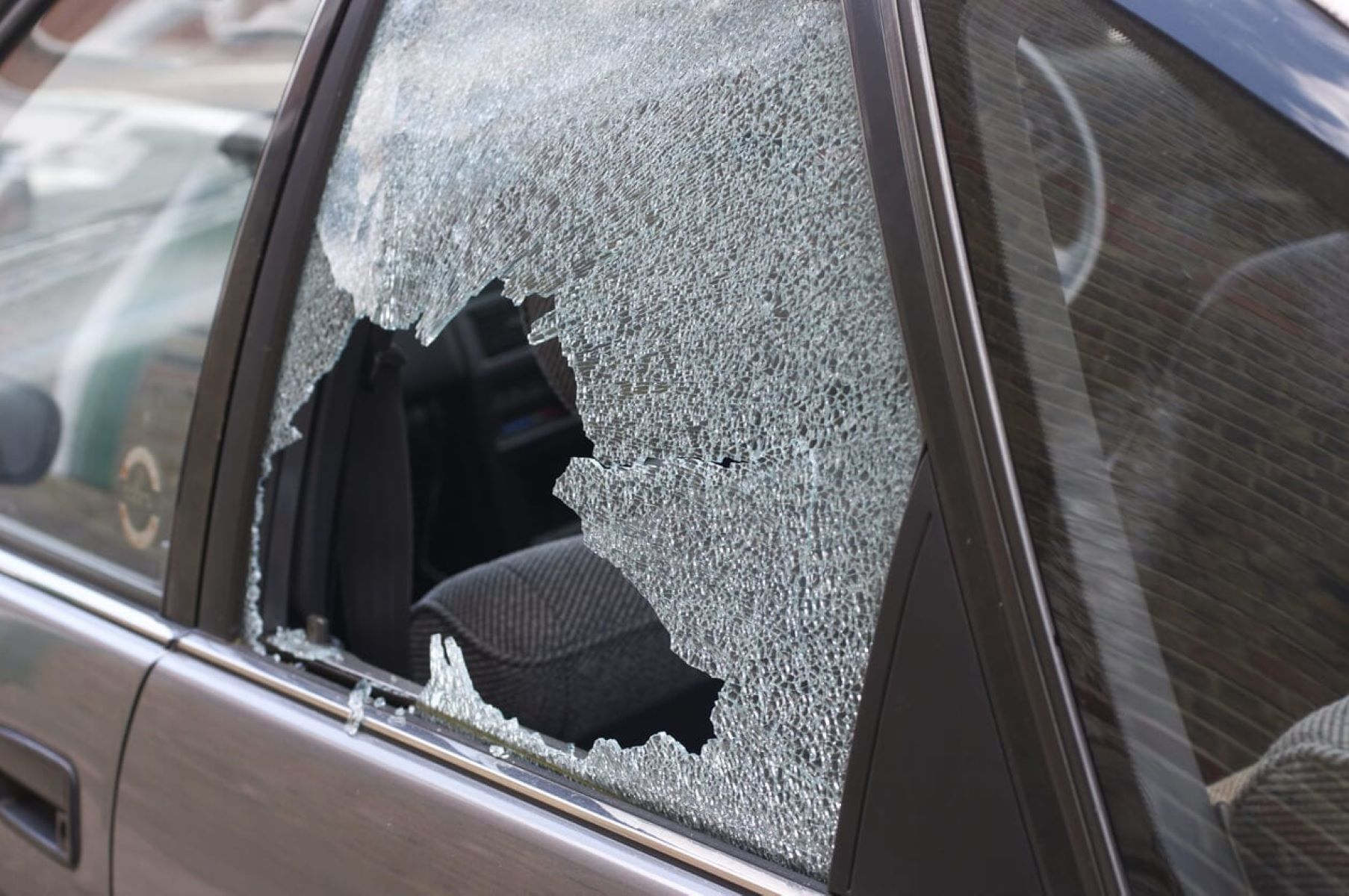
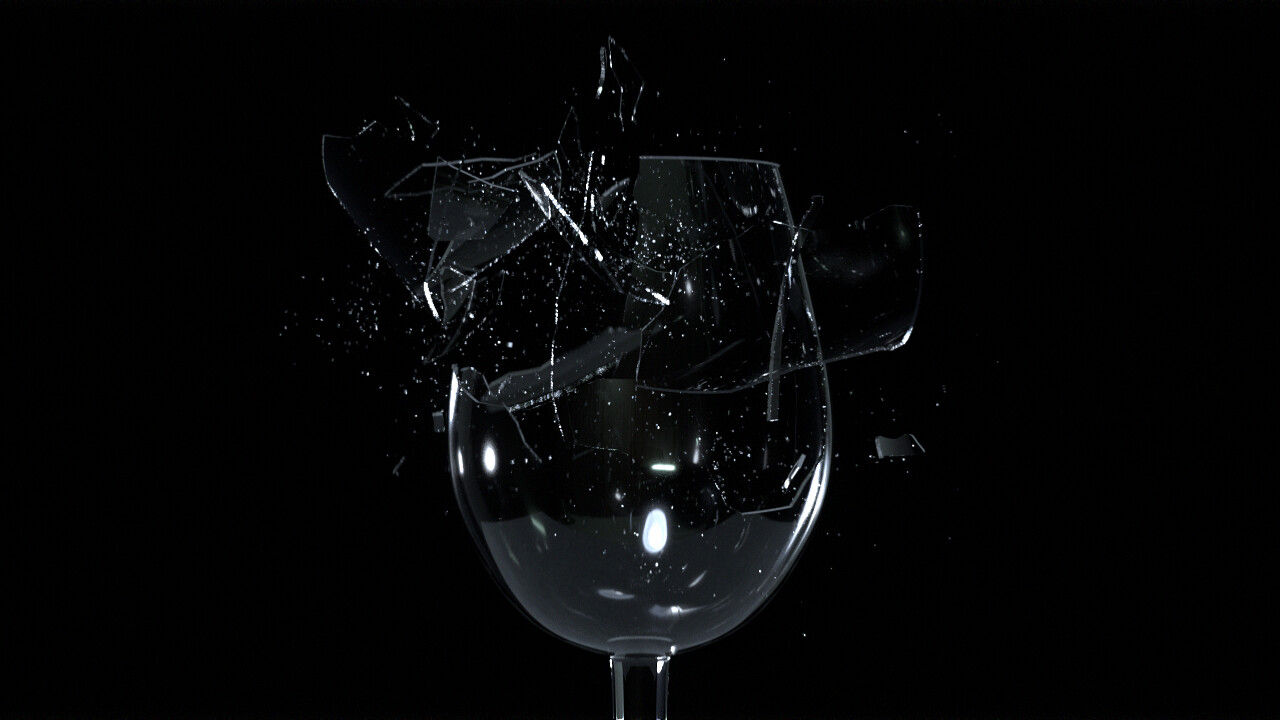
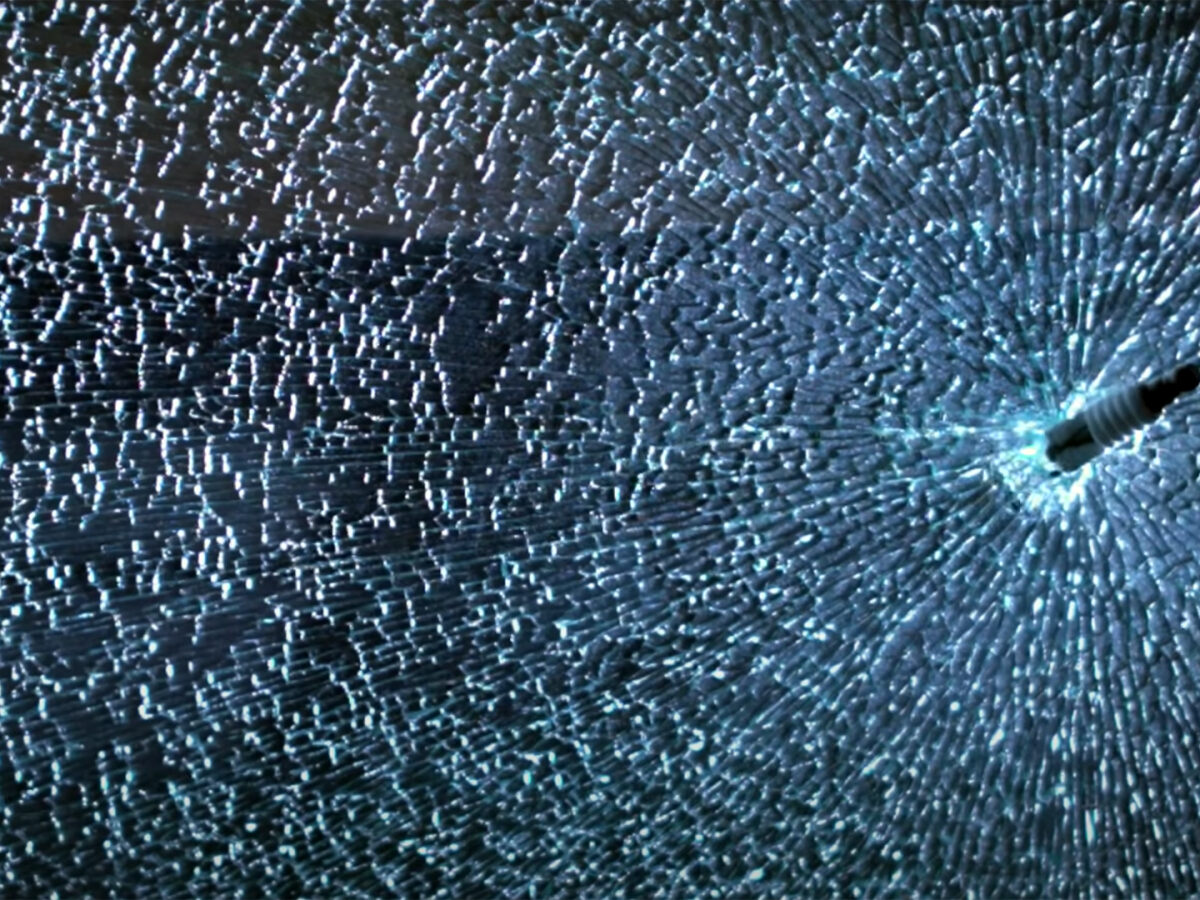
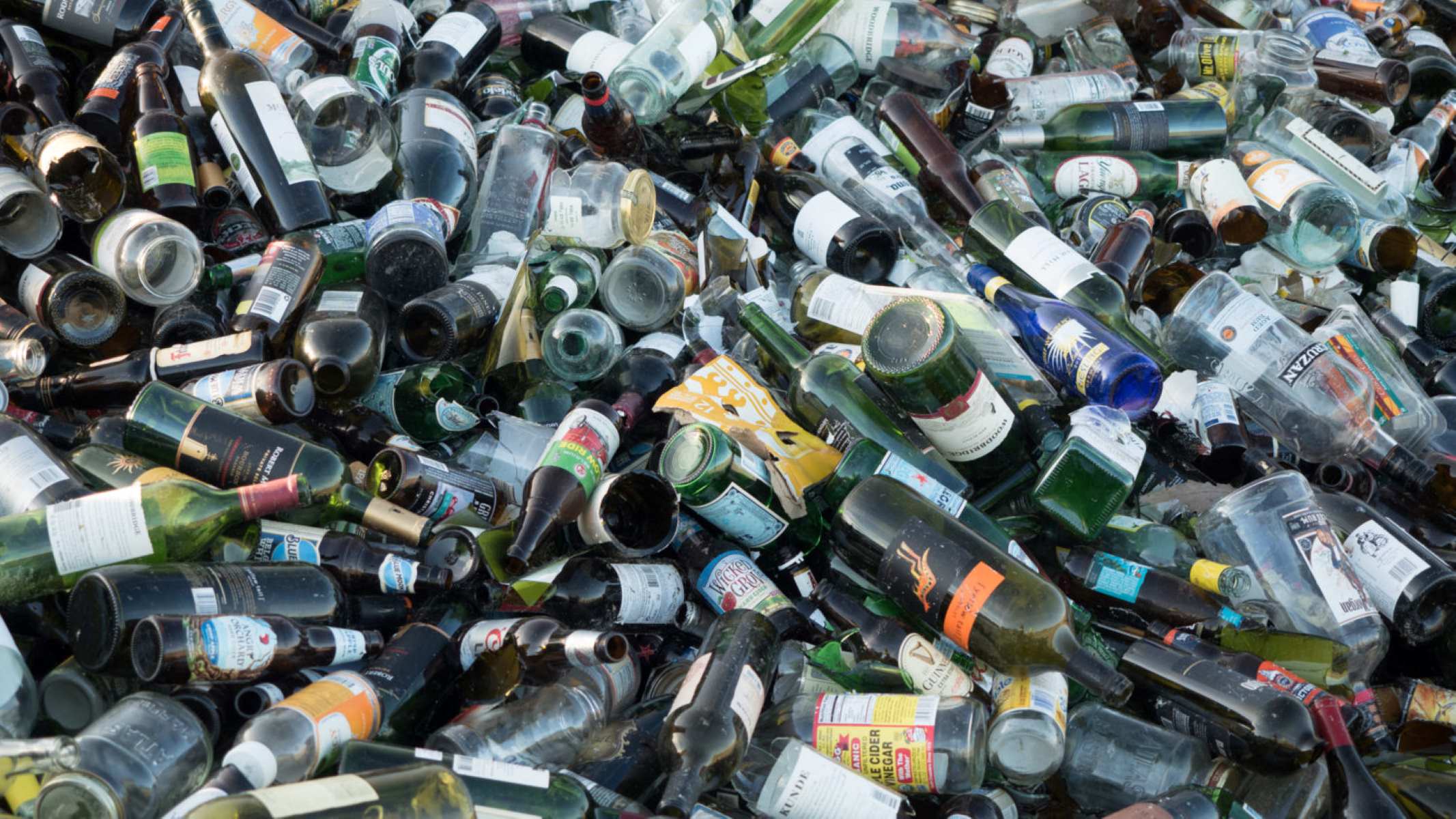

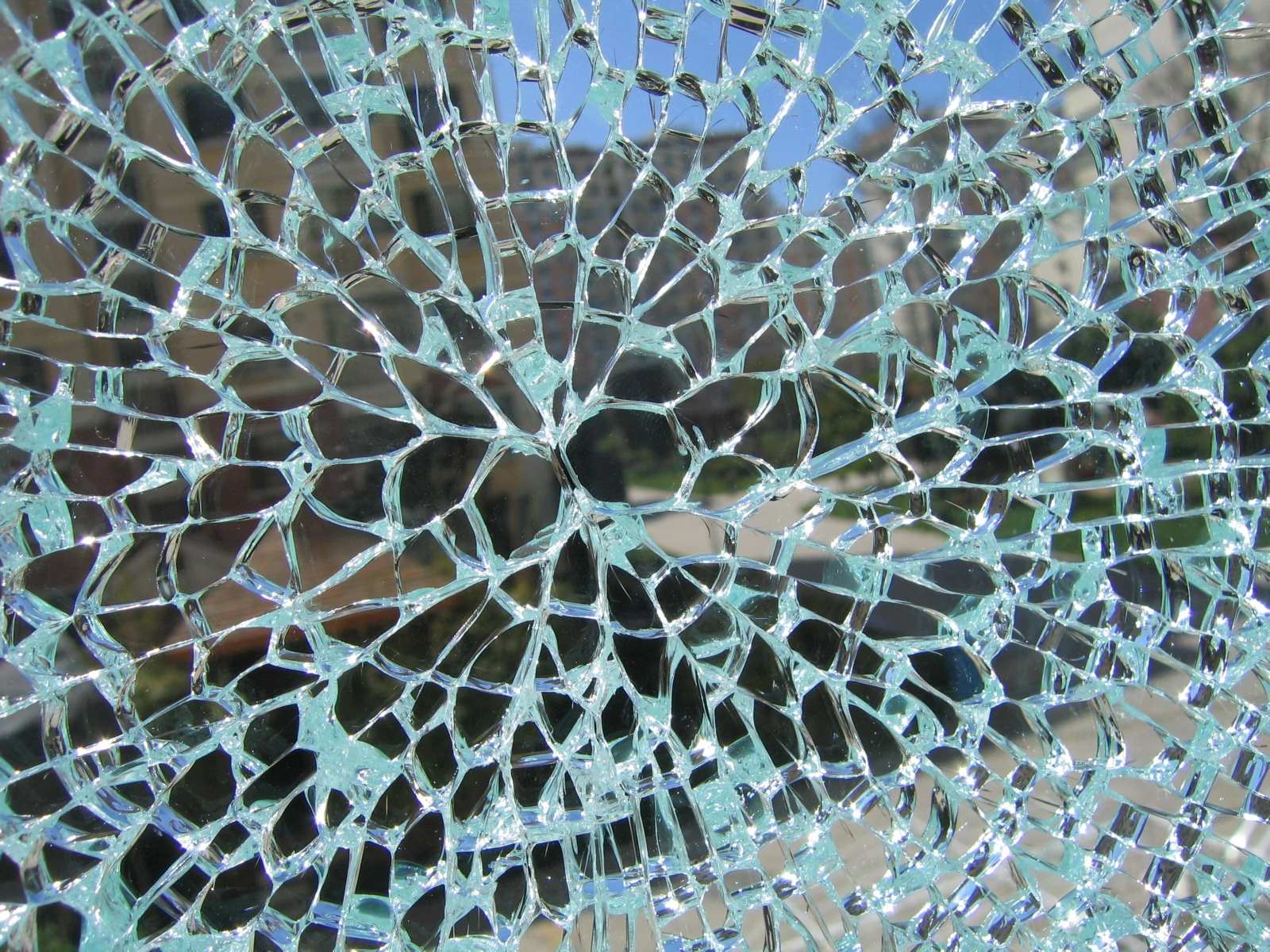
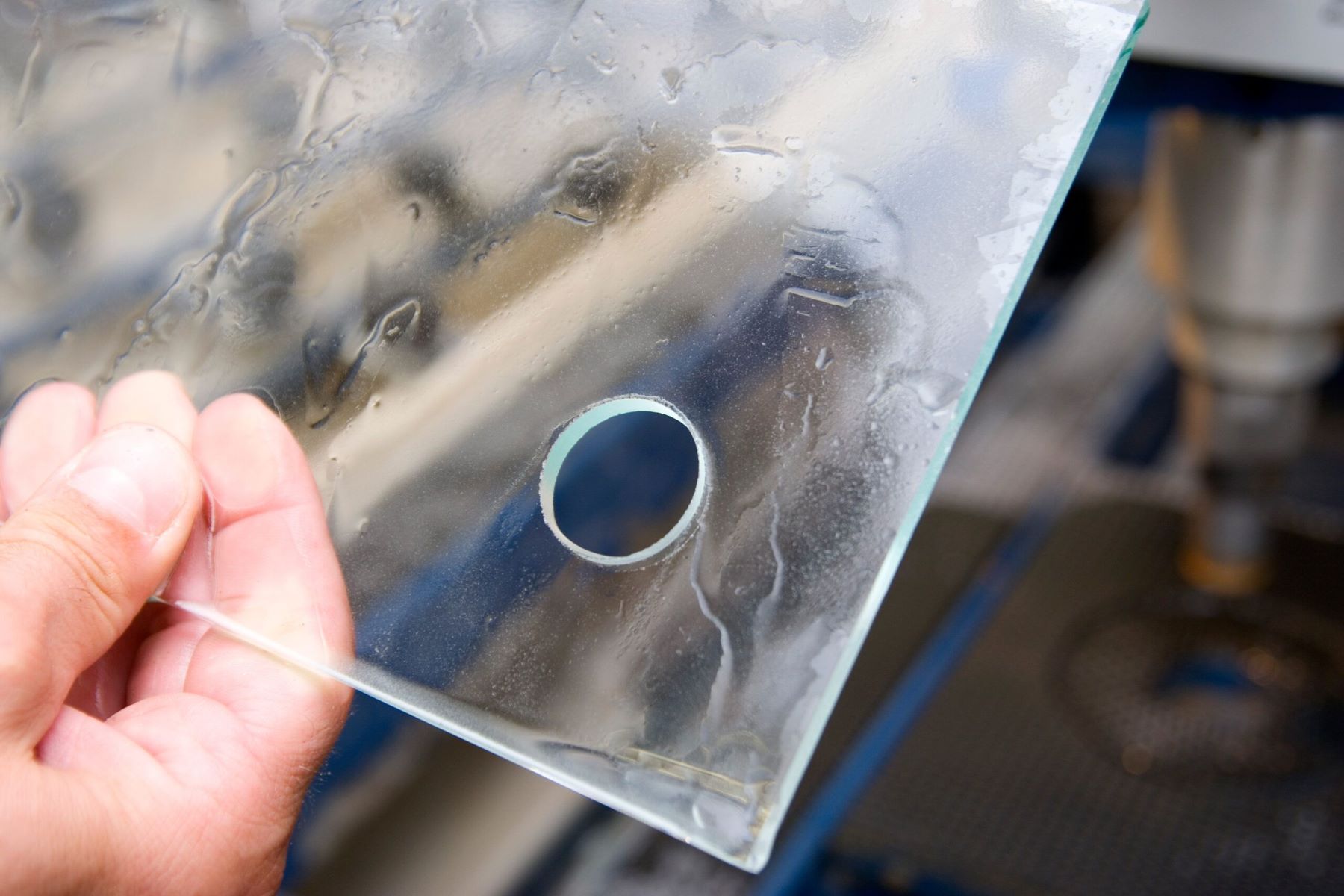
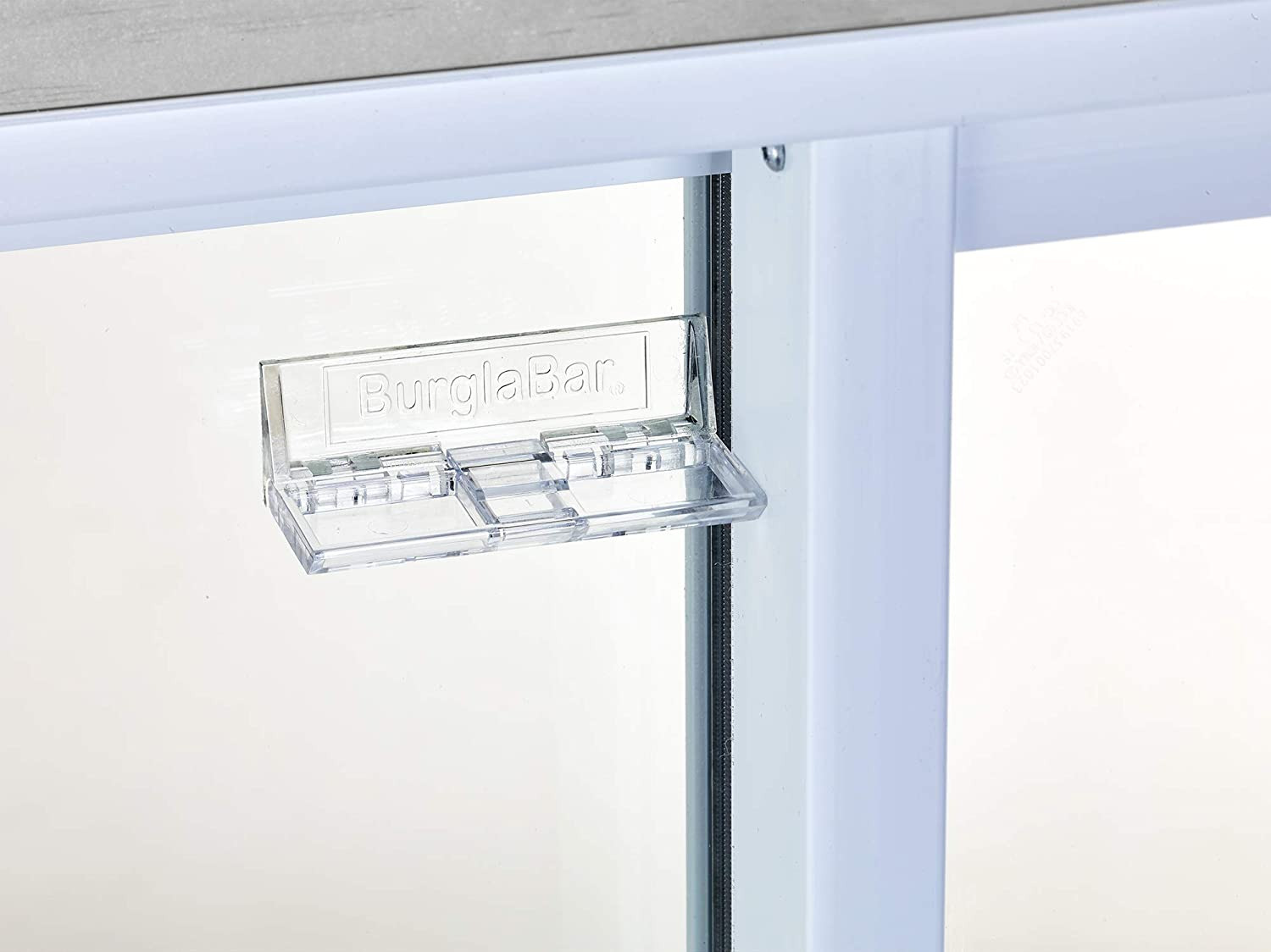
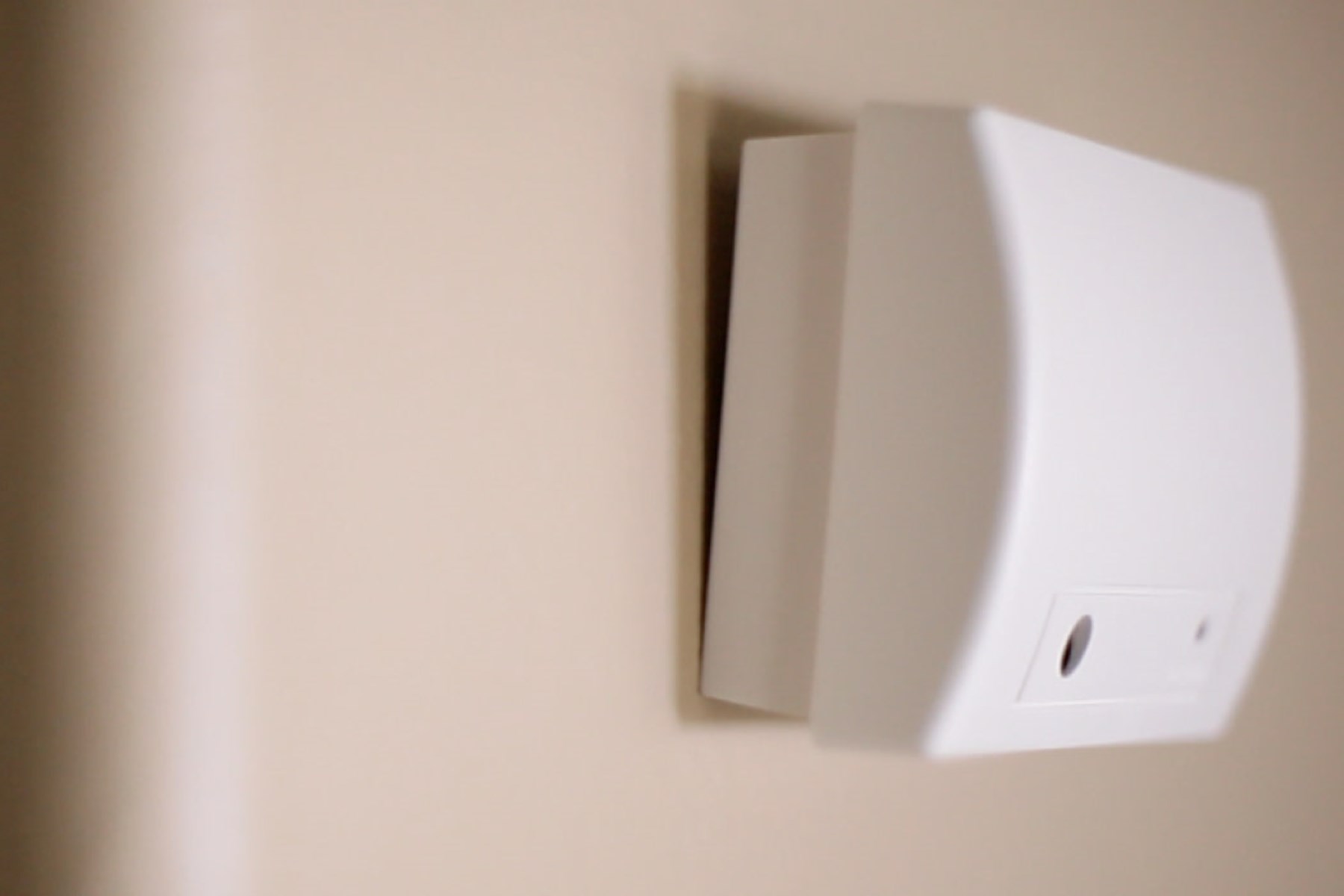
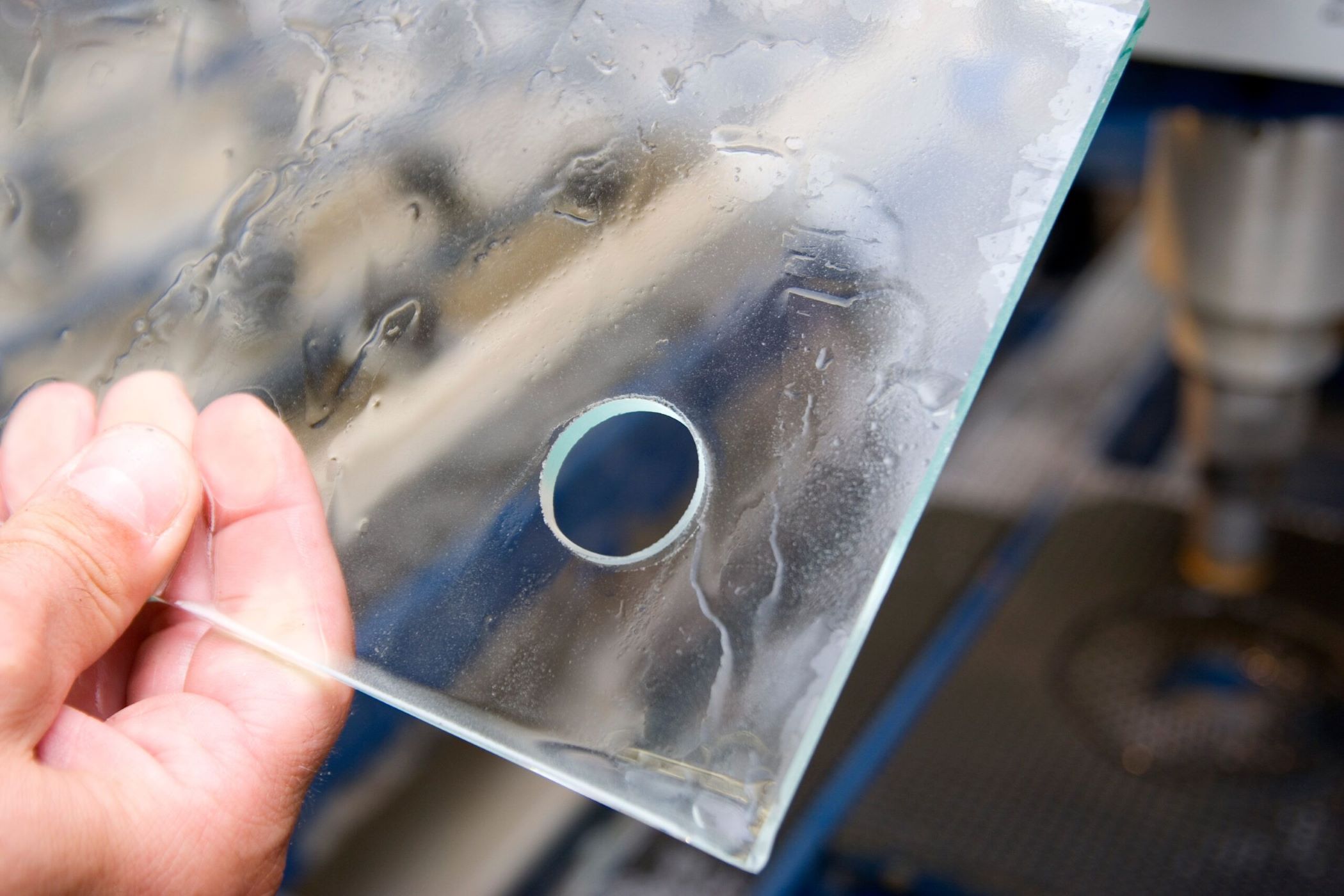
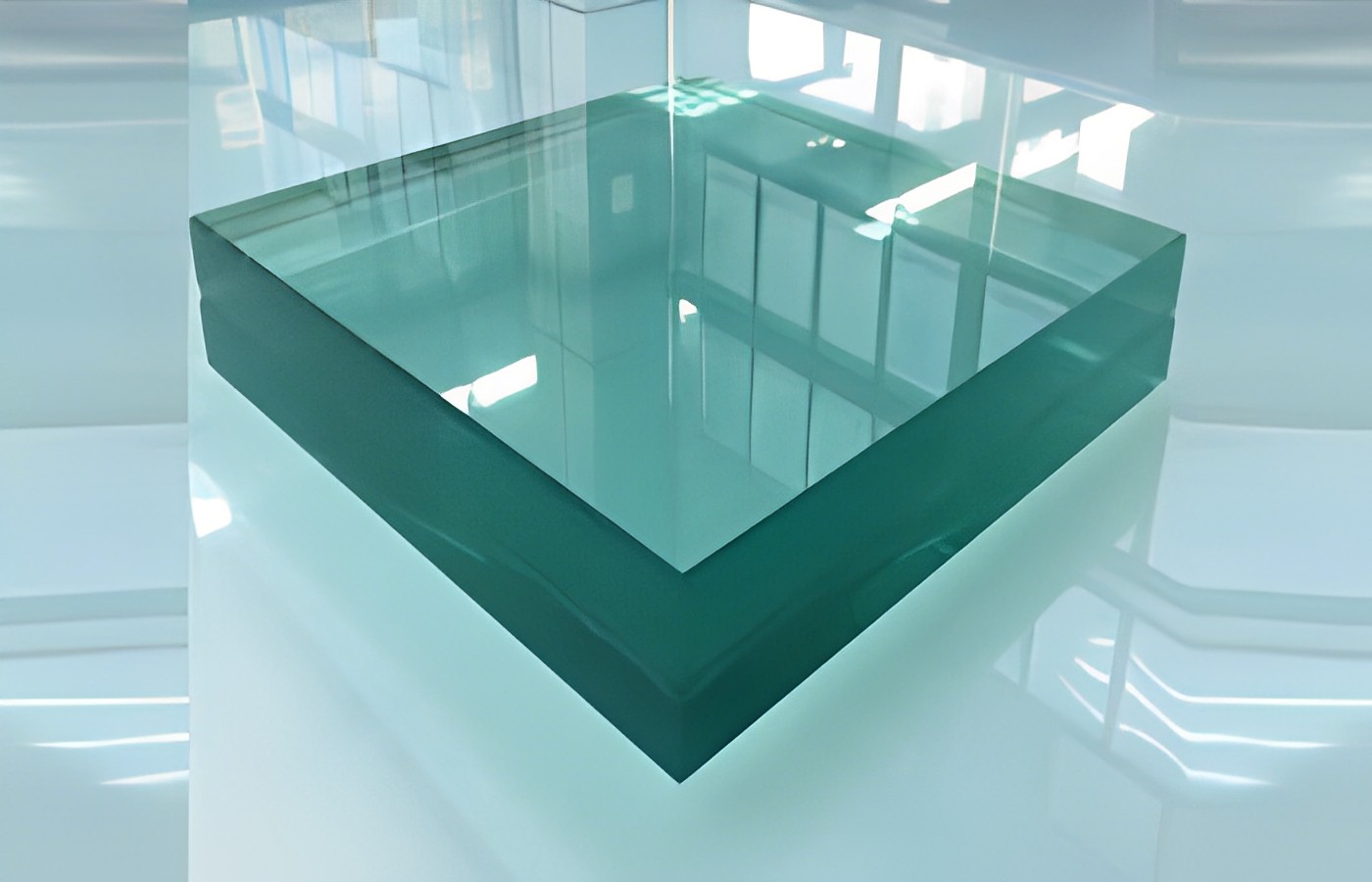
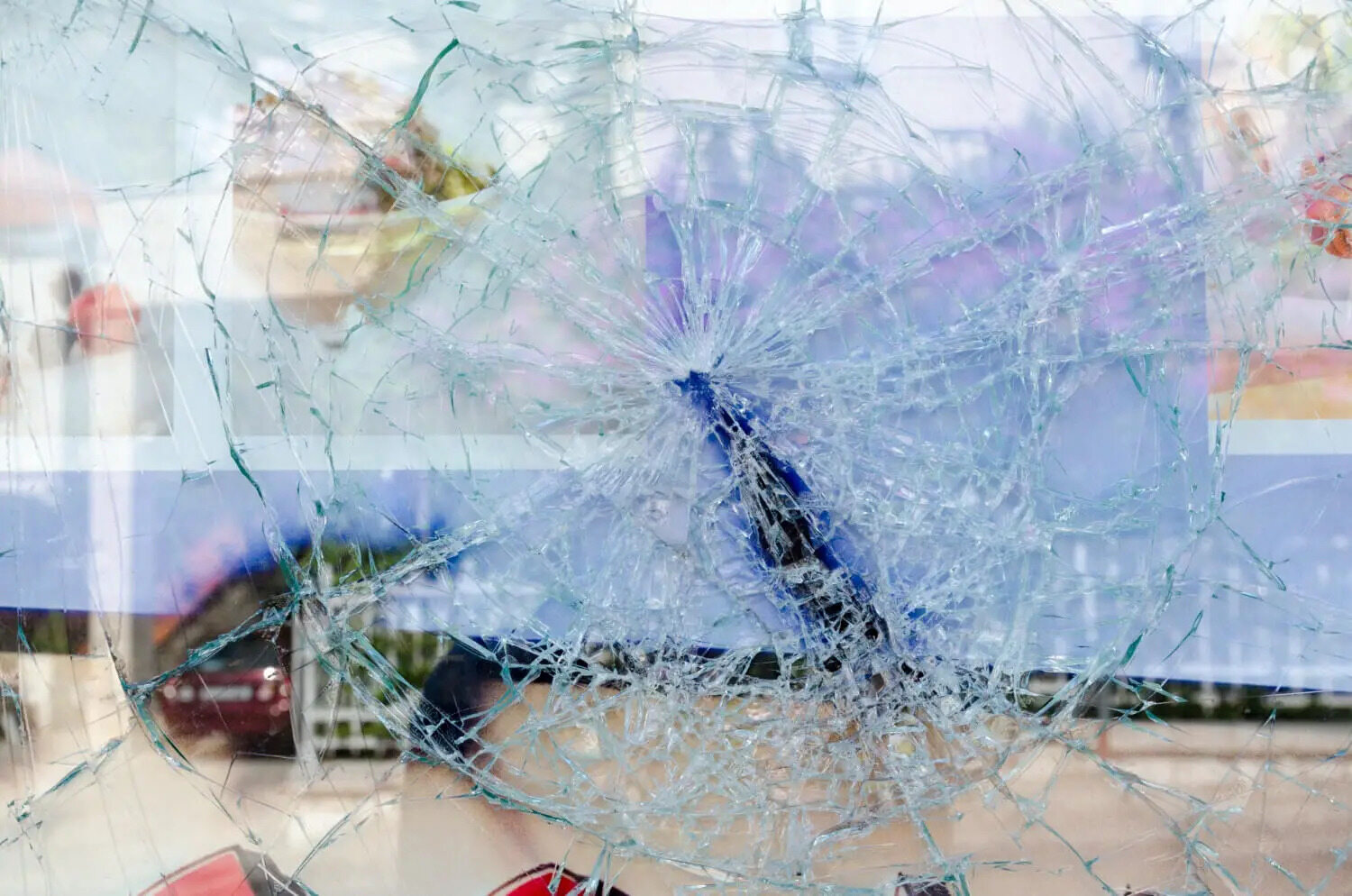

0 thoughts on “How Fast Does Glass Break”